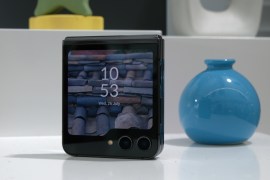The spec race is distracting tech companies from their true goal: real innovation
In the rush to look good on paper manufacturers are losing sight of what’s important, says Sam Kieldsen
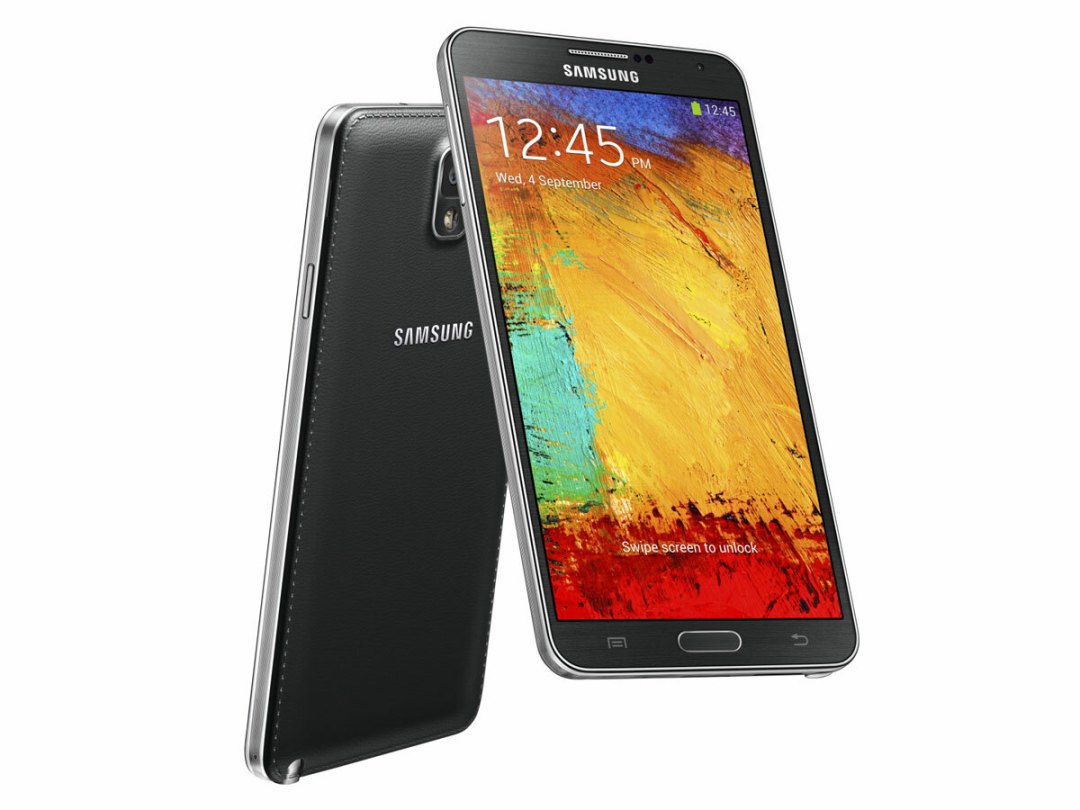
Tech companies are never shy about talking up how innovative they are, but increasingly it seems that true innovation is taking a backseat to pointless – or even damaging – specification willy-waving.
This week it emerged that every Android manufacturer – bar Google and Motorola – has been optimising their devices to automatically boost performance during popular benchmarking apps. So, for example, while the Samsung Galaxy Note 3 may use the same 2.3GHz Qualcomm Snapdragon 800 chip as the LG G2, in benchmarking tests it appears to be 20 percent more powerful. In real world use, that boost isn’t happening and performance between the two phones is near-identical.
Shady shenanigans – and wasteful
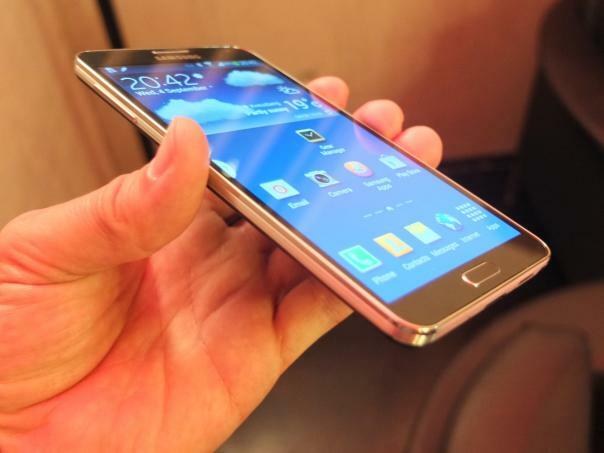
What’s the best that you can say about these sorts of shenanigans? While the companies involved in this benchmarking arms race could claim to be doing its duty to shareholders by portraying their phones as more powerful than rivals in order to boost sales, it’s simply dishonest behaviour. It’s anti-consumer, in fact.
And yet the likes of HTC and Samsung (which has been caught pulling the same stunt before with the Galaxy S3) evidently feel that cooking up this creepy form of manipulation is a perfectly appropriate way for its engineers to spend their time. I suspect those man hours might have been better used working on improvements to the phone’s UI or battery performance. Neither of these things are bad (in fact the Note 3 is an excellent phone that Stuff awarded a full five stars, making this kind of underhanded behaviour all the more frustrating) but tech can always be improved when a company focuses its resources in the right places.
4K and the spec arms race
Sticking with the Galaxy Note 3, there’s another aspect where Samsung has missed a trick by attempting to impress on paper: the camera. It’s a very capable camera, but Samsung, perhaps sensing that its merits over, say, the LG G2’s camera wouldn’t be clear enough to prospective buyers, decided to make it capable of shooting 4K video.
Now I love “the latest thing” as much as the next Stuff writer, but this is pure, pointless willy-waving. Firstly, hardly anybody owns a 4K TV or projector required to watch this footage and secondly, who wants to watch 4K footage captured by a (relatively) tiny smartphone camera sensor? It’s going to look dreadful. 4K is something that should be brought into smartphones down the line, when the technology is more widespread.
Again, Samsung’s resources are being funnelled away from areas where real improvement can be made in order to make a product look better than its rivals (the LG G2‘s camera is in fact better than the Note 3‘s, despite its lack of 4K recording). And this in turn pushes rivals into a spec arms race in which they feel compelled to waste time and money implementing things like half-baked 4K video capture in order to “keep up”. At a recent smartphone launch’s Q&A session, a fellow journalist bemoaned the newly-unveiled device’s lack of 4K recording to company reps. Does he really feel like any phone in 2013 “needs” to have 4K recording?
Do we really need sharper screens?
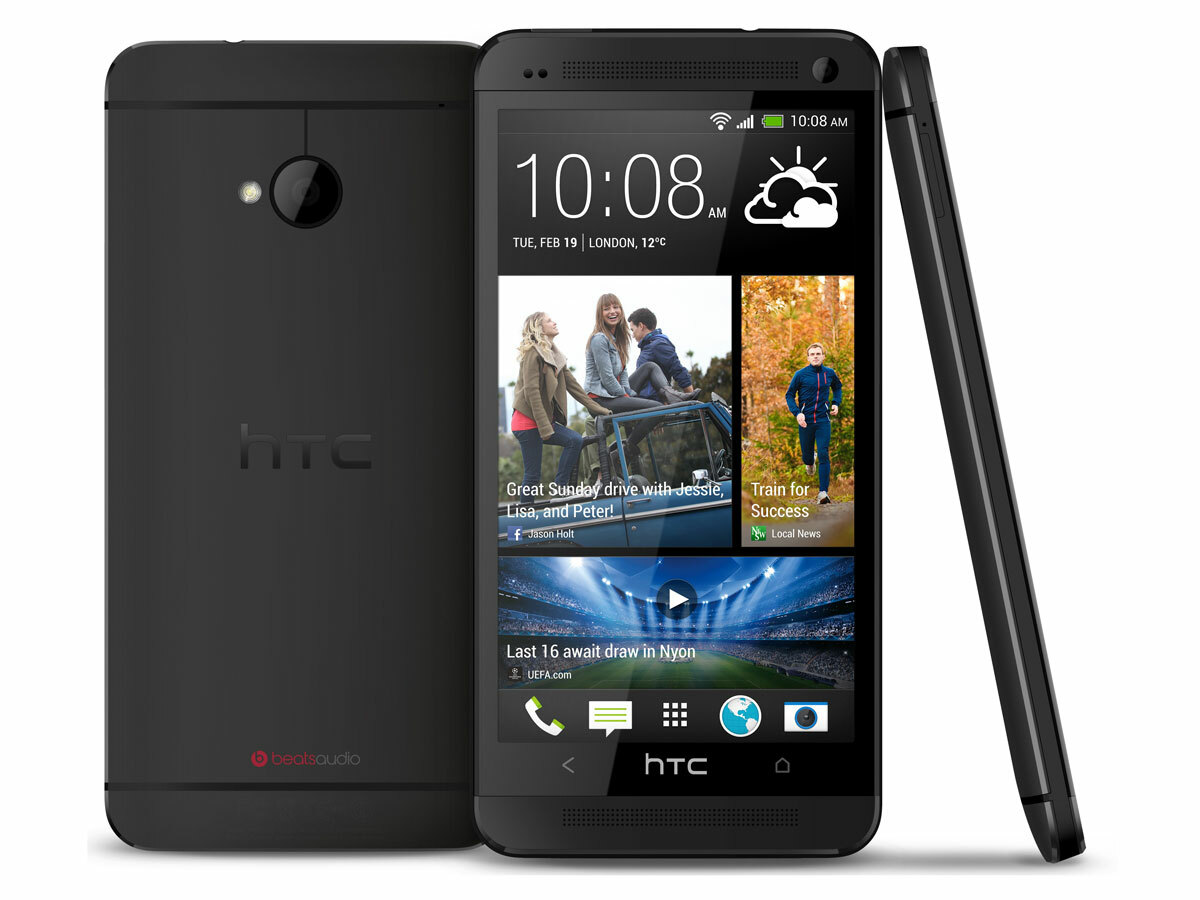
The smartphone and tablet world seems particularly beset by this attitude at present: for instance, phone screens were at a point where the human eye couldn’t make out individual pixels three years ago (the iPhone 4’s 326ppi Retina display), yet manufacturers have fallen over themselves to increase pixel densities further. The HTC One‘s screen boasts a staggering 446ppi, but how much benefit does the user actually get aside from the warm feeling that he or she owns “the phone with the sharpest screen”?
64-bit: a “marketing gimmick”
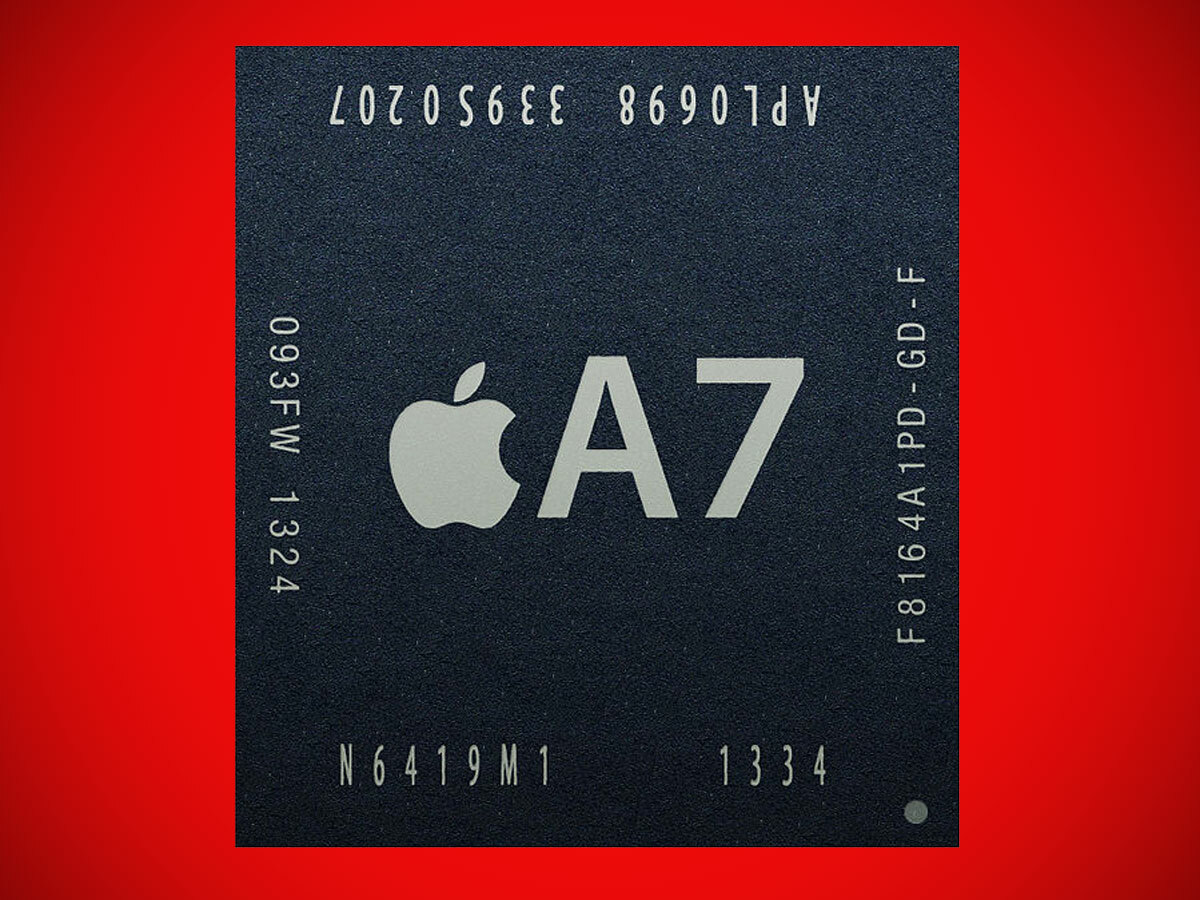
Even Apple, a company that in the past tended to focus less on specs and more on overall user experience, is showing signs of falling into this trap. The iPhone 5S‘ 64-bit A7 chip is a game-changer, says Apple, but the company can’t seem to articulate precisely why and how. Perhaps there’s a reason for that: Qualcomm senior vice president Anand Chandresekher claims the A7’s 64-bit architecture is no more than a marketing gimmick, because the benefits of 64-bit don’t kick in until a device has more than 4GB of RAM (the iPhone 5S has just 1GB). There’s a sense that Apple included 64-bit just because it could be the first company to do so – and in order to deflect criticism of the iPhone 5S not innovating enough over its predecessor – rather than because there’s a tangible user benefit to it.
It was no surprise to see, just two days after Apple unveiled the 64-bit iPhone 5S, Samsung coming out in public to say that its next generation of flagship smartphones would also boast 64-bit processors.
Some positive signs
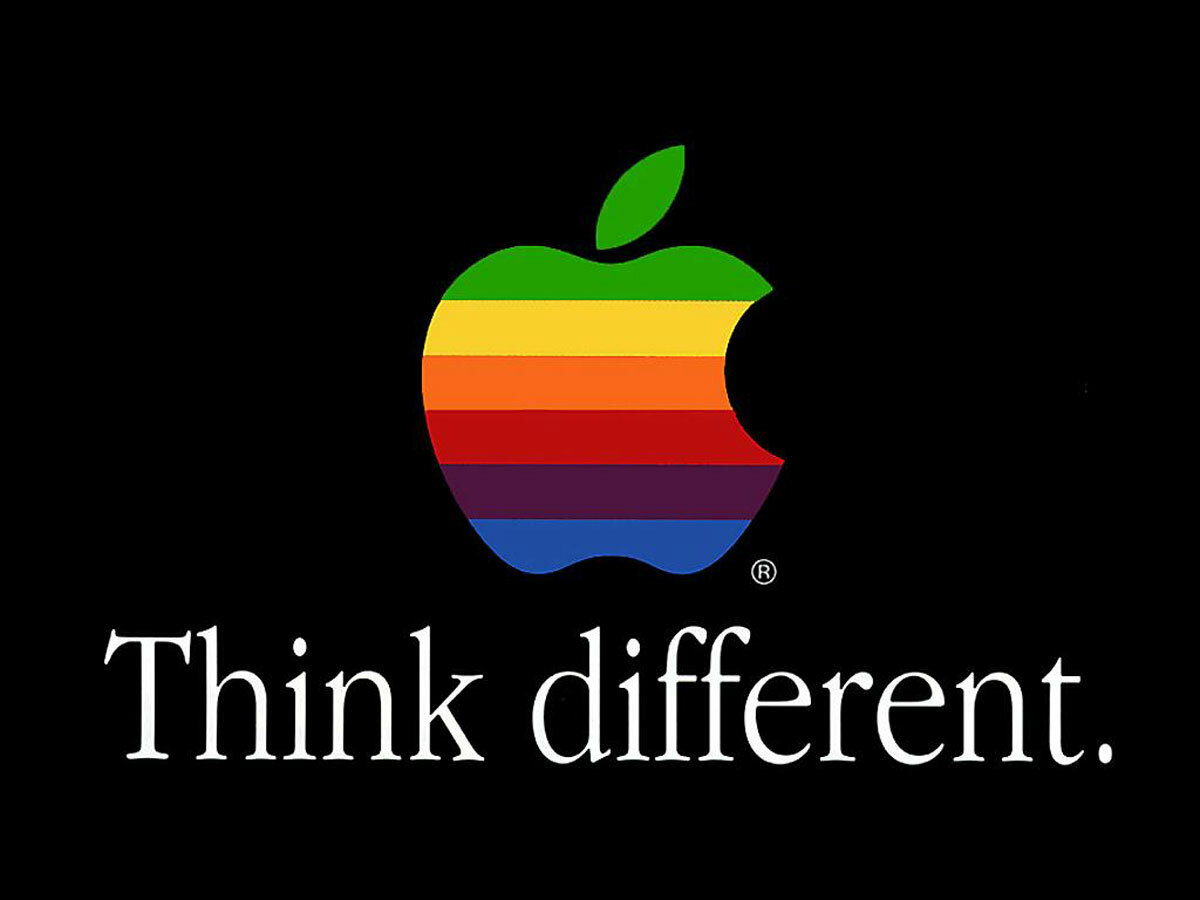
This race to appear sexier than the competition is of course nothing new, and competition is essential to ensure that tech companies continue to push boundaries – but when marketing trumps genuine innovation and specs are increased while the user experience remains stagnant, it becomes a worrying issue.
There are signs that some companies still value real-world performance increases over playing the on-paper numbers game, at least in certain aspects of design. The HTC One and iPhone 5S cameras aren’t particularly high on megapixels, but the size of those megapixels and the sensor they sit on is physically larger than on the cameras of rival smartphones, meaning better performance and image quality. That’s something to admire, and I hope it’s a sign that some tech companies aren’t content with going down the easiest route possible – after all, having less megapixels but better performance is a message that has to be conveyed to the consumer clearly, and that’s an added problem when marketing the phone.
The Moto X (sadly not available in the UK) is another example. It doesn’t have the highest specifications but it’s a joy to use thanks to several minor, but clever, software and hardware touches.
Even at the tip-top end of the market, the £4200 Vertu Constellation only packs a dual-core 1.7GHz processor and 4.7in 720p screen, with Vertu’s head of design noting that “most of the time we throttle [the processor] back down. There’s absolutely no user case other than scrubbing through video that needs that speed of processing on this phone.”
There’s still plenty of innovation happening in the tech world, but I can’t help but feel that there’s the potential for so much more and for it to happen more quickly. But companies need to eschew the path of least resistance, trust the consumer’s intelligence and, in the words of the late Steve Jobs, “think different”.

